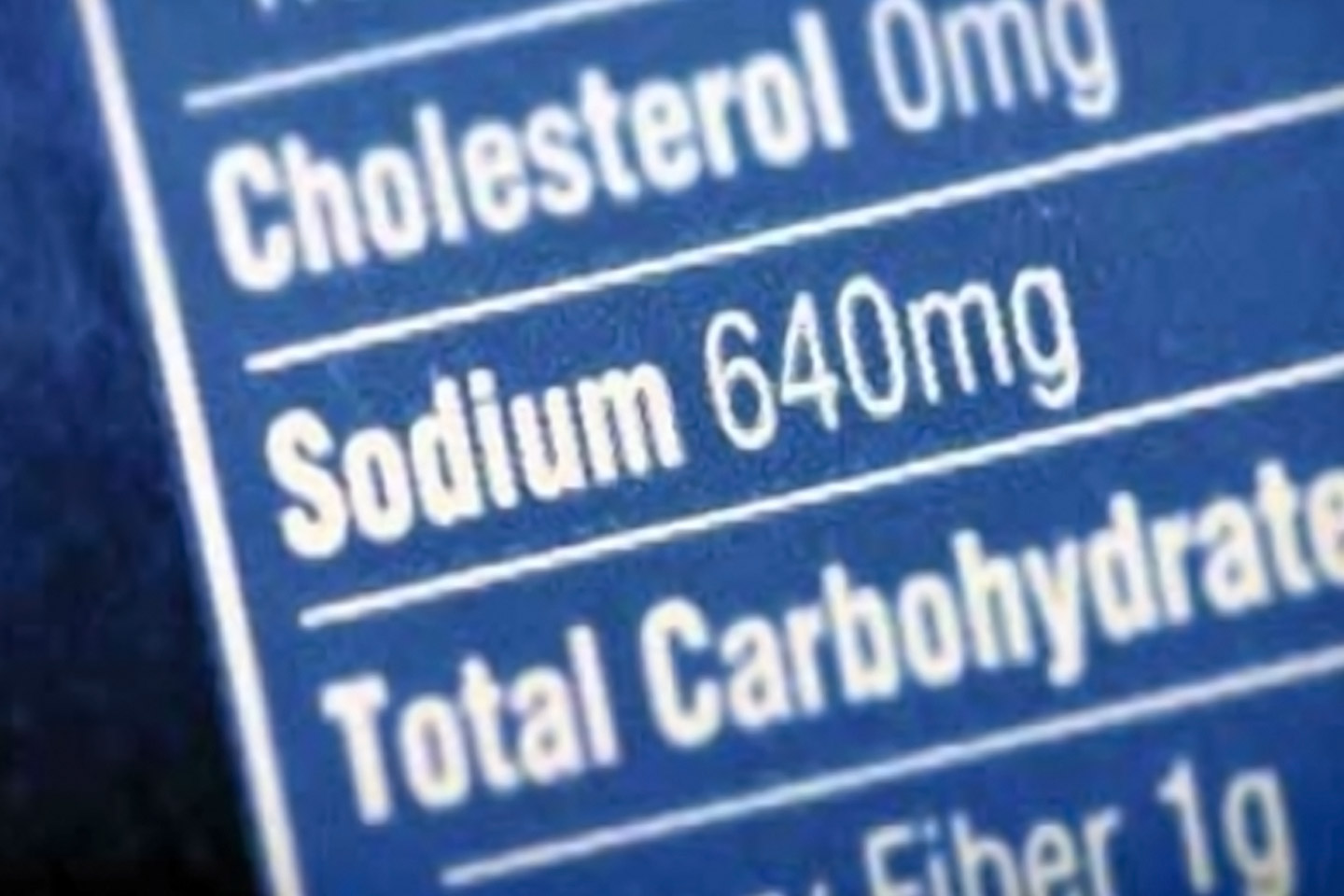Stroke can strike without warning. And fear of stroke —when a blood vessel in or leading to the brain bursts or is blocked by a blood clot, starving brain cells of oxygen and nutrients—is well founded. Here are five foods that cause the damage that can lead to stroke. Crackers, chips, and store-bought pas tries and baked goods Muffins, doughnuts, chips, crackers and many other baked goods are high in trans fats, which are hydrogenated oils popular with commercial bakeries because they stay solid at room temperature, so the products don’t require refrigeration.
Also listed on labels as “partially hydrogenated” or hydrogenated oils, trans fats are found in all kinds of snack foods, frozen foods, and baked goods, including salad dressings, microwave popcorn, stuffing mixes, frozen tater tots and French fries, cake mixes, and whipped toppings.
They’re also what makes margarine stay in a solid cube. The worst offenders are fried fast foods such as onion rings, French fries, and fried chicken. Aim to limit trans fats to no more than 1 or 2 grams a day—but preferably none. Avoid fast-food French fries and other fried menu items and study packaged food labels closely. Even better, bake your own cookies, cakes and other snacks.
Smoked and proc ess ed meats Whether your weakness is pastrami, sausage, hot dogs, bacon, or a smoked turkey sandwich, the word from the experts is: Watch out. Smoked and processed meats are nasty contributors to stroke risk in two ways: The preserving processes leave them packed with sodium, but even worse are the preservatives used to keep processed meats from going bad. Sodium nitrate and nitrite have been shown by researchers to directly damage blood vessels, causing arteries to harden and narrow.
And of course damaged, overly narrow blood vessels are exactly what you don’t want if you fear stroke. If a smoked turkey or ham sandwich is your lunch of choice, try to vary your diet, switching to tuna, peanut butter, or other choices several days a week.
Or cook turkey and chicken yourself and slice it thin for sandwiches. Diet so da Although replacing sugary drinks with diet soda seems like a smart solution for keeping weight down—a hearthealthy goal—it turns out diet soda is likely a major bad guy when it comes to stroke. People who drink a diet soda a day may up their stroke risk by 48 percent. A Columbia University studypresented at the American Stroke Association’s 2011 International Stroke Conference followed 2,500 people ages 40 and older and found that daily diet soda drinkers had 60 percent more strokes, heart attacks, and coronary artery disease than those who didn’t drink diet soda. Substitute more water for soda in your daily diet. It’s the healthiest thirst-quencher by far, researchers say.
If you don’t like water, try lemonade, iced tea or juice. Red meat Researchers have long known that the saturated fat in red meat raises the risk of stroke and heart disease by gradually clogging arteries with a buildup of protein plaques. Now it turns out that hemoglobin, the ingredient that gives red meat its high iron content, may pose a specific danger when it comes to stroke.
Researchers are investigating whether blood becomes thicker and more viscous as a result of the consumption of so-called heme iron, specifically upping the chance of strokes. Aim to substitute more poultry —particularly white meat—and fish, which are low in heme iron, for red meat. Also, choose the heart-healthiest sources of protein whenever you can, especially beans, legumes, nuts, tofu and nonfat dairy.
Canned so up and prepared foo ds Whether it’s canned soup, canned spaghetti, or healthy-sounding frozen dinners, prepared foods and mixes rely on sodium to increase flavor and make processed foods taste fresher. Canned soup is cited by nutritionists as the worst offender; one can of canned chicken noodle soup contains more than 1,100 mg of sodium, while many other varieties, from clam chowder to simple tomato, have between 450 and 800 mg per serving.
Salt, or sodium as it’s called on food labels, directly affects stroke risk Make your own homemade soups and entrees, then freeze individual serving-sized portions. Buy lowsodium varieties, but read labels carefully, since not all products marked “low sodium” live up to that promise.
Source: Melanie Haiken, Caring.com












